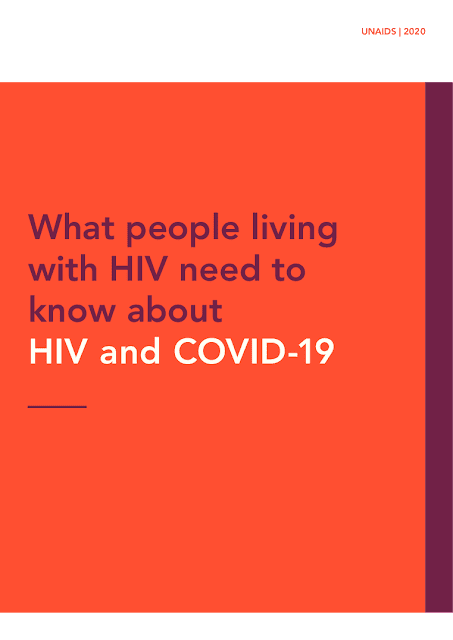It seems many people are breathing some relief, and I’m not sure why. An epidemic curve has a relatively predictable upslope and once the peak is reached, the back slope can also be predicted. We have robust data from the outbreaks in China and Italy, that shows the backside of the mortality curve declines slowly, with deaths persisting for months. Assuming we have just crested in deaths at 70k, it is possible that we lose another 70,000 people over the next 6 weeks as we come off that peak. That's what's going to happen with a lockdown.
As states reopen, and we give the virus more fuel, all bets are off. I understand the reasons for reopening the economy, but I've said before, if you don't solve the biology, the economy won't recover.
There are very few states that have demonstrated a sustained decline in numbers of new infections. Indeed, the majority are still increasing and reopening. As a simple example of the USA trend, when you take out the data from New York and just look at the rest of the USA, daily case numbers are increasing. Bottom line: the only reason the total USA new case numbers look flat right now is because the New York City epidemic was so large and now it is being contained.
So throughout most of the country we are going to add fuel to the viral fire by reopening. It's going to happen if I like it or not, so my goal here is to try to guide you away from situations of high risk.
Where are people getting sick? We know most people get infected in their own home. A household member contracts the virus in the community and brings it into the house where sustained contact between household members leads to infection. But where are people contracting the infection in the community? I regularly hear people worrying about grocery stores, bike rides, inconsiderate runners who are not wearing masks.... are these places of concern? Well, not really. Let me explain.
In order to get infected you need to get exposed to an infectious dose of the virus; based on infectious dose studies with MERS and SARS, some estimate that as few as 1000 SARS-CoV2 viral particles are needed for an infection to take hold. Please note, this still needs to be determined experimentally, but we can use that number to demonstrate how infection can occur. Infection could occur, through 1000 viral particles you receive in one breath or from one eye-rub, or 100 viral particles inhaled with each breath over 10 breaths, or 10 viral particles with 100 breaths. Each of these situations can lead to an infection.
How much Virus is released into the environment?
A Bathroom: Bathrooms have a lot of high touch surfaces, door handles, faucets, stall doors. So fomite transfer risk in this environment can be high. We still do not know whether a person releases infectious material in feces or just fragmented virus, but we do know that toilet flushing does aerosolize many droplets. Treat public bathrooms with extra caution (surface and air), until we know more about the risk.
A Cough: A single cough releases about 3,000 droplets and droplets travels at 50 miles per hour. Most droplets are large, and fall quickly (gravity), but many do stay in the air and can travel across a room in a few seconds.
A cough at 6 meters (18 feet)
A Sneeze: A single sneeze releases about 30,000 droplets, with droplets traveling at up to 200 miles per hour. Most droplets are small and travel great distances (easily across a room).
Speaking: increases the release of respiratory droplets about 10 fold; ~200 copies of virus per minute. Again, assuming every virus is inhaled, it would take ~5 minutes of speaking face-to-face to receive the required dose.
If a person is infected, the droplets in a single cough or sneeze may contain as many as 200,000,000 (two hundred million) virus particles which can all be dispersed into the environment around them.
A breath: A single breath releases 50 - 5000 droplets. Most of these droplets are low velocity and fall to the ground quickly. There are even fewer droplets released through nose-breathing. Importantly, due to the lack of exhalation force with a breath, viral particles from the lower respiratory areas are not expelled.
Unlike sneezing and coughing which release huge amounts of viral material, the respiratory droplets released from breathing only contain low levels of virus. We don't have a number for SARS-CoV2 yet, but we can use influenza as a guide. We know that a person infected with influenza releases about 3 - 20 virus RNA copies per minute of breathing.
Remember the formula: Successful Infection = Exposure to Virus x Time. In other words if you have to go somewhere, do not linger. Have a list for grocery shopping and plan your visit. Do not "window shop'.
Air filters may offer additional protection. Hospitals use them all the time, especially in the ER, ICU, and Operating Rooms. Air Cleaning Technologies An Evidence-Based Analysis
Modes of transmission of virus causing COVID-19
COVID-19 Superspreader Events in 28 Countries: Critical Patterns and Lessons
The Risks - Know Them - Avoid Them

























